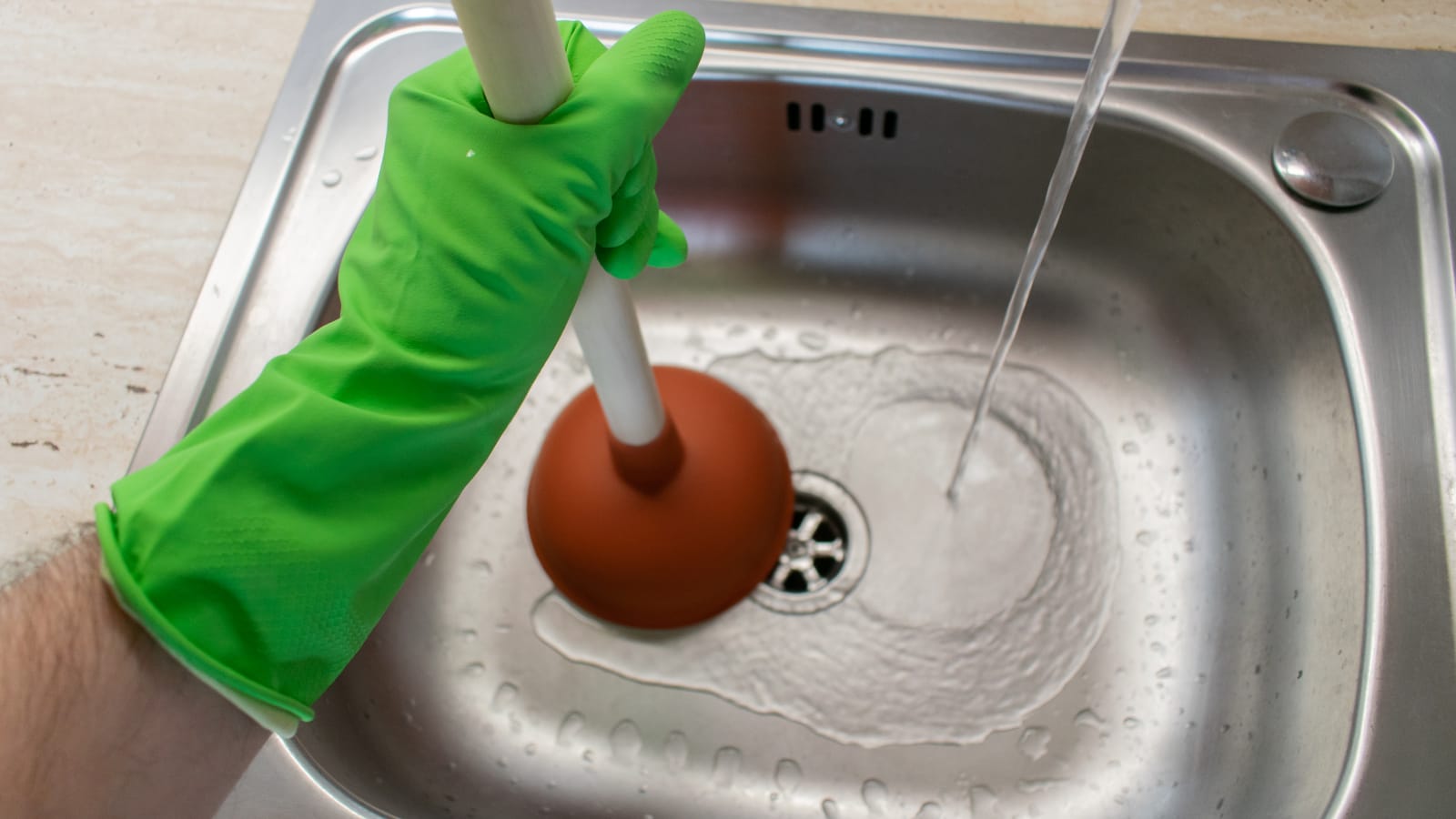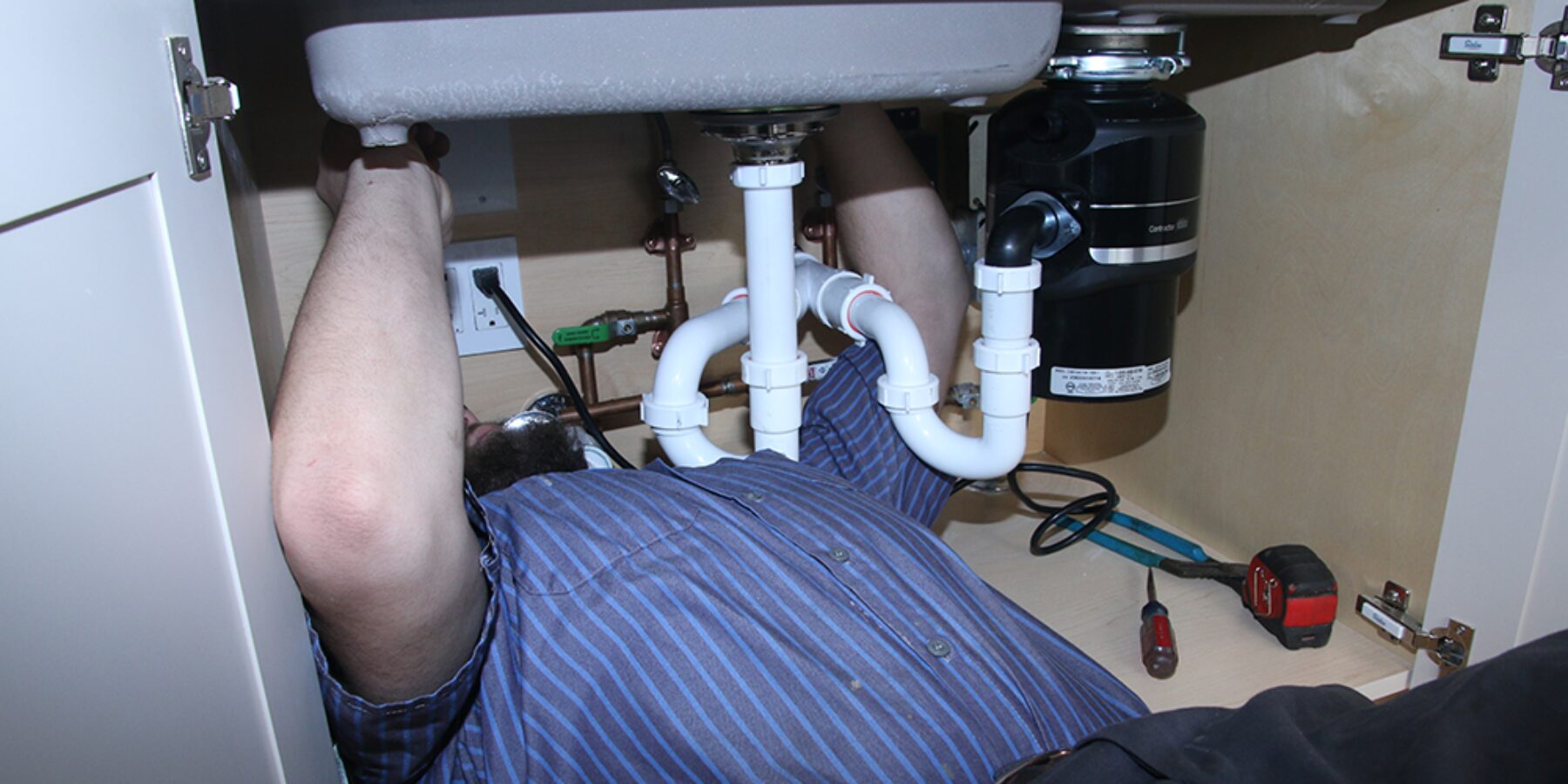Every person has got their private way of thinking about Solved! How to Fix a Slow Sink Drain.

Introduction
We have actually all existed: You're brushing your teeth or cleaning your hands, and you notice the water pooling in the sink. Rather than promptly swirling away, it remains, transforming your once-refreshing morning routine right into a miniature swamp scene. A slow-draining sink isn't simply irritating; it's often an indicator of larger pipes concerns lurking beneath the surface. Fortunately is that the majority of slow-draining sinks can be fixed with a little expertise, a few basic devices, and some persistence. All set to tackle this job head-on? Allow's roll up our sleeves and dive right in.
Comprehending the Root Causes Of a Slow-Draining Sink
Before you begin poking around in your pipes, it assists to know what could be causing the stagnation. Recognizing the origin makes it less complicated to choose the right repair.
Common Wrongdoers Behind Slow Drainage
So, what's clogging things up? Generally, it's a mixture of daily particles-- assume hair, soap residue, tooth paste residue, and remaining food particles. With time, these little bits collect and hold on to the pipe walls, gradually narrowing the passage and making it harder for water to go through. In some cases, mineral deposits from tough water can additionally contribute to the gunk, creating the excellent storm for persistent blockages.
When is it Time to Take Action?
If you see the water draining slower than common, it's a great concept to intervene earlier as opposed to later on. Waiting also long could bring about complete obstructions, unpleasant smells, and even pipeline damage. If the water takes more than a couple of seconds to clean out after shutting off the tap, consider it a warning and get ready to place on your do it yourself hat.
Devices and Products You'll Require
The right tools make all the distinction. The good news is, you will not need a completely stocked plumbing professional's van to do the job.
Essential Tools for DIY Services
A bettor is your best starting factor. A small, sink-sized plunger develops suction that can displace minor clogs. For even more persistent blockages, a drain serpent (sometimes called a plumbing's auger) functions wonders. A set of handwear covers, a flashlight, and possibly a set of safety goggles are also useful.
Suggested Cleansing Solutions
Mild recipe soap and hot water can help break down oily build-up. A mix of cooking soft drink and vinegar is a reliable natural home remedy, and enzymatic cleansers use an even more environmentally friendly technique. Maintain chemical drain cleansers as a last hope, as they can be extreme on your pipelines.
Security First: Preventative Measures and Prep work
Prior to you launch into unclogging mode, consider security. You're handling possibly dirty water and debris, so slip on a set of gloves. If you're utilizing chemical cleansers, guarantee the room is well-ventilated and follow the guidelines on the label.
Safety Equipment and Work Area Configuration
Lay down some old towels or dustcloths around the sink area to capture dashes. Clear away any kind of things that may get in your means, like soap dispensers or toothbrush owners. Ensure you have excellent lighting-- order a flashlight if needed.
Step-by-Step Guide to Fixing a Slow-Draining Sink
Now, allow's enter into the nitty-gritty. This detailed procedure will certainly direct you with straightforward methods to recover your sink's drainage.
Step 1: Get Rid Of and Tidy the Stopper
Often, the stopper (that tiny plug you push down to block water) is the first culprit. Remove it thoroughly and wipe any kind of hair or substance caught around its base. Wash it thoroughly prior to placing it back in place.
Action 2: Make Use Of a Bettor to Dislodge Particles
Got that bettor all set? Position it over the drainpipe and offer it a couple of company pumps. The idea is to develop suction that can loosen up any kind of blockage. If you see little bits of particles drifting up, you're on the best track.
Step 3: Attempt a Drain Serpent or Wire Wall Mount
If the plunger does not do the trick, it's time to highlight the drain serpent. Delicately feed it right into the drain and spin as you go. You may feel some resistance-- that's likely the obstruction. Maintain twisting and drawing up until you eliminate the blockage. If you don't have a drain snake, a corrected the alignment of cord wall mount can operate in a pinch.
Tip 4: Apply a DIY Drain Cleanser
An all-natural cleaner made from baking soft drink and vinegar can break down residual gunk. Put half a cup of baking soda into the drain, complied with by half a cup of vinegar. Let it fizz for about 15 mins, after that flush with warm water. This chemical reaction typically does wonders for minor blockages.
Step 5: Reassemble and Examine the Sink
Placed whatever back with each other and run the tap. Does the water now swirl down the tubes at a respectable speed? If yes, offer yourself a pat on the back. If not, don't anguish-- there are still a couple of more tricks up your sleeve.
Alternate Approaches for Stubborn Clogs
Not all obstructions are developed equivalent. If your sink still refuses to comply, take into consideration these alternate remedies.
Sodium Bicarbonate and Vinegar Approach
We currently discussed this, however it's worth noting once again. This gentle, environment-friendly method is much safer than chemical cleaners and frequently quite efficient.
Enzymatic Drainpipe Cleaners
Enzyme-based cleansers use natural bacteria to digest organic matter. They're an exceptional option if you're wanting to prevent harsh chemicals. Simply keep in mind, they may take a bit longer to work their magic.
Chemical Drain Cleansers: Benefits And Drawbacks
Chemical cleaners can blast via challenging blockages fast, yet they're not without drawbacks. They can create warm and fumes, damages pipelines if made use of excessively, and posture ecological threats. Utilize them moderately, and always comply with the instructions meticulously.
Preventive Measures to Maintain Your Sink Flowing
Prevention is the very best cure. By embracing a few straightforward practices, you can maintain your sink from decreasing to begin with.
Normal Cleansing Habits
Wipe down the sink basin and fixture location regularly. Get rid of hair or food particles prior to they have an opportunity to wash down the drainpipe.
Avoiding Unsafe Substances Away
Hesitate before disposing coffee premises, grease, or coarse veggie scraps down the sink. These perpetrators cling to pipe wall surfaces, developing clogs with time.
Regular Upkeep Checks
Arrange a quick monthly inspection. Run warm water via the sink for a few mins, taking notice of the circulation. If it appears slow, act fast prior to it comes to be a full-on blockage.
When to Call a Specialist Plumbing Technician
Sometimes, despite just how hard you attempt, that clog just won't budge. That's when it's time to bring in the pros.
Indications That Suggest a Much More Serious Problem
If your sink drains pipes gradually regardless of several attempts, or if you notice water backing up in various other fixtures (like your shower or toilet), you might have a much more severe plumbing problem lurking deeper in the system.
Balancing Do It Yourself Initiatives with Specialist Assistance
While do it yourself can save you cash and offer a sense of accomplishment, there's no shame in calling a specialist. An expert plumber can analyze your entire plumbing arrangement, guaranteeing there's no underlying damage or long-lasting problem that might cost you extra down the road.
Comparing Prices and Long-Term Solutions
Prior to choosing, consider the big picture. A low-cost, quick fix could address the problem briefly, but buying an extra permanent option can conserve you cash and anxiety in the long run.
Evaluating the Costs of DIY vs. Professional Fixes
Do it yourself solutions typically cost bit more than the price of a plunger or a bottle of cooking soft drink. Professional services, on the other hand, come with a cost but may avoid repetitive concerns and pricey repair services later on.
Purchasing Top Quality Fixtures and Upgrades
If your sink's layout adds to frequent blockages, it may be worth updating to higher-quality components or altering the plumbing format. Consider this an investment in your home's capability and comfort.
Verdict
A slow-draining sink can seem like a minor irritation, however it's typically a sign that your plumbing needs a little tender loving care. By understanding the origin, employing the right devices and techniques, and devoting to basic preventive measures, you can keep your sink moving freely. And when all else stops working, never ever wait to call a professional-- your home's pipes deserves the investment in care and upkeep.
4 Tips to Fix a Slow Draining Sink
Removing the Pop-Up
This is a great place to start when it comes to troubleshooting a slow draining sink. If your sink has a pop-up, carefully take it out and remove debris that has built up around the tool. This will also allow you to see if there are any significant blockages in the drain that you can pull out on your own to help clear up the issue.
Use a Zip-It Tool
Like a snake for a large drain, a zip-it tool helps clear out any debris or hair from a sink drain. A tool like this can be used with a drain that pops out or not as it s thinner than most snake-like tools.
Use a Drain Cleaner
Whether making an at-home cleaner or buying a solution at the store, this is a common fix many turn to when it comes to a slow draining sink. There are several options available for purchase at local supermarkets, but for those who prefer to create their own solution, one of the most common is the following.
How to Unclog a Drain Naturally
Pour boiling water down the drain Pour cup of baking soda down the drain Pour cup of vinegar down the drain Wait 10 minutes Pour boiling water down the drain again Turn on the hot water faucet to clear out the solution Use a Plunger
As a worst-case scenario option, a plunger may be a good option for those who are still struggling to get debris out of their drain. This could be especially useful if there is a large item that you suspect may be significantly stuck down the drain.
https://www.abaileyplumbing.com/blog/2021/august/4-tips-to-fix-a-slow-draining-sink/

We hope you liked our excerpt about Three Common Ways to Fix a Slow Drain. Thanks so much for finding the time to browse our piece. Liked our content? Please quickly share it. Help another person find it. Thanks for going through it.
Click Here